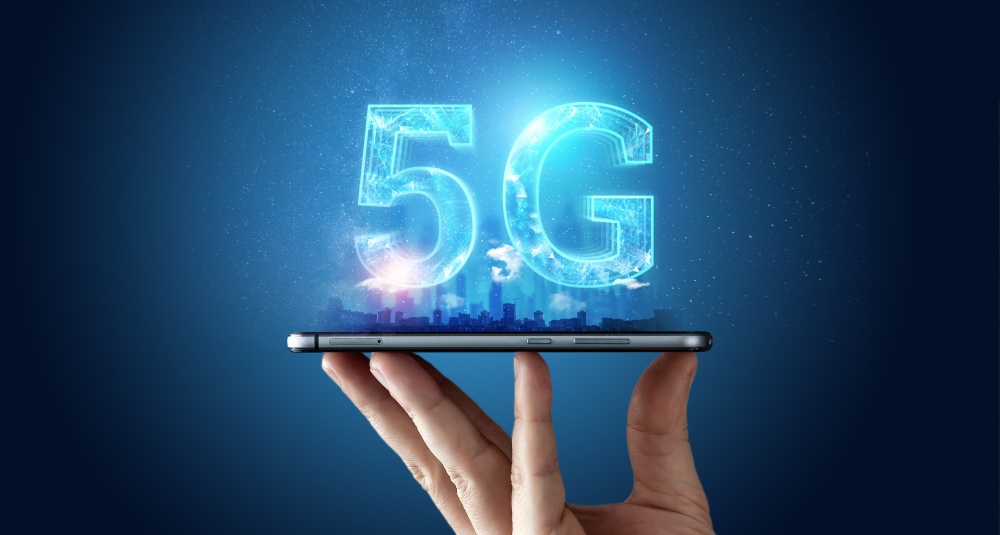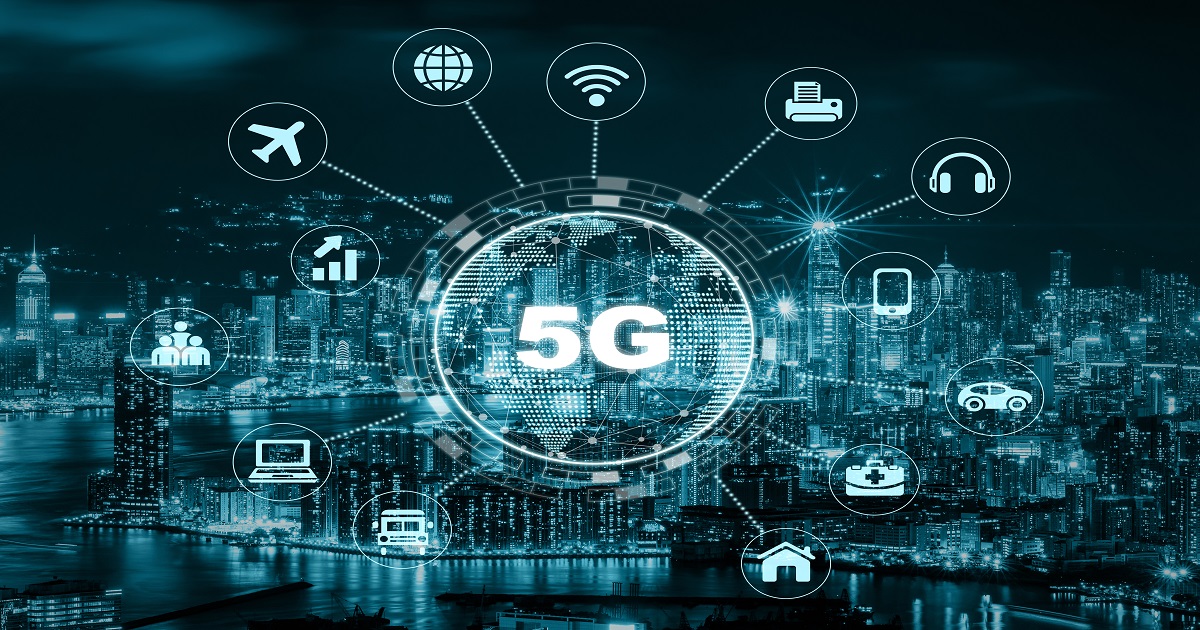
The history of technology is littered with the “bigger, faster, better” mentality that often accompanies innovation, leading to “more than can possibly be used” pronouncements from pundits, innovators, and vendors. From computer storage to LAN capacity to fiber optic carrier transport, hyperbolic claims were eventually proven unsustainable as innovation exceeded the imaginations and expectations of the day. The talk surrounding 5G is bordering on this realm of unbounded capacity.
Carriers all over the globe have invested heavily in 5G infrastructure. Pundits have articulated many of the compelling benefits surrounding 5G, such as more efficient bandwidth usage and its capacity to support a whole new world of rich multimedia services. But, is it enough to move the needle and deliver the desired financial return? Or could it be another new technology searching for a worthy problem to solve?
Qualcomm, a powerhouse global provider of 5G technology for the mobile industry, provides a good overview of 5G on its website. Some of the key points include:
- 5G wireless technology is meant to deliver higher multi-Gbps peak data speeds, ultra-low latency, more reliability, massive network capacity, increased availability, and a more uniform user experience to more users. Higher performance and improved efficiency empower new user experiences and connects new industries.
- With high speeds, superior reliability and negligible latency, 5G will expand the mobile ecosystem into new realms.
- A defining capability of 5G is that it is designed for forward compatibility – the ability to flexibly support future services that are unknown today.
From an overarching perspective, 5G will absolutely change the mobile and fixed communications landscape. As we saw with 4G, increased capacities led to a groundswell of innovation and drove leaps in consumption. The transition to 5G isn’t necessarily driven by the exhaustion of existing technologies, but rather the thirst for more and better performance, which, in turn, fuels innovation and revenue for device manufacturers, network providers, and app developers. However, when discussing 5G, many focus on the technology details, and not on what users can do with the vast new speeds and throughput it enables.
In this early phase of 5G network deployments, some carriers are struggling to cite compelling 5G-enabled use cases. Many of the proffered storylines revolve around incremental improvements in existing applications, such as speed and performance. It’s like being able to drive at 120 miles per hour on the autobahn instead of a meager one hundred. While useful, incremental change is not very exciting to users. Small leaps in performance will not drive the kind of adoption and utilization that will help carriers recoup their investments and drive higher returns.
What does 5G enable?
Virtual reality and augmented reality (VR/AR) are often used in advertisements for 5G. These offer flashy visuals to entice users – but the substance behind the flash doesn’t really demand more than what we have with the existing infrastructure. There will certainly be use cases, such as remote surgery and autonomous vehicles, that will benefit from 5G’s minimal latency and reliable connectivity, but these are likely years away from perfection.
Holograms: Breathtaking and Profitable
On both the practicality and excitement scales, there is one emerging technology that will showcase 5G through never-before-possible mobile capabilities – Holograms. A staple in science fiction movies and fixed entertainment venues for decades, the ability to put holograms in the palm of a user’s hand has only recently become possible. Overcoming technical challenges and perceptions, mobile holograms can change user experiences and propel business-expanding use cases.
Intelligent Optimization
Utilizing legacy approaches, the creation, transport, and display of holograms requires enormous graphical data files and intense image processing capabilities – easily outstripping the capacity of most mobile devices. This is fundamentally caused by handling holograms as single distributable images, which are then manipulated by local processors for display. A more modern – and mobile-centric – viewpoint is to intelligently deliver or render only the data required by the viewer’s eyes and brain to “see” and absorb the 3-D volumetric image. There is simply no need to transmit the backside of an image until the viewer moves the object or changes their viewing angle to bring it into view.
This intelligent optimization limits the amount of data transmitted or rendered, enabling real-time interaction and image refresh in response to a user’s actions and needs – which is all possible through the limitless bandwidth and speed associated with 5G.
Such optimized mobile-first architectures, which utilize 5G’s more pliable and larger low-latency transmission pipes to the cloud or edge computing resources, outboard the heavy lifting of image processing to high-performance servers. This approach provides more consistent performance across device types, while leaving the mobile processor to focus on local demands when delivering interactive holographic content.
Opening this third dimension of display and interaction will provide app designers and software developers a new blank canvas for creation and innovation.
Where can holograms and 5G make a difference?
There are many markets well-suited for holographic applications, but some of the more immediate segments are IoT, retail, and gaming and entertainment. IoT includes vast sensor networks, smart devices and endpoints, and intelligent networked applications. Some early adopters of holographic technologies might include visual mapping with real-time spatial awareness, facilitating navigation with integration of holographic images into the real-world environment. Or holographic-capable remote retail applications empowering touchless shopping experiences that can engage customers and help facilitate purchases while reducing cart abandonment.
In the highly competitive and lucrative mobile gaming market, 3-D animation has become a standard feature and developers are eagerly seeking a new differentiator like holograms to propel audience interest and increase market share. And the revenue potential is no small thing. According to GoldenCasinoNews.com research, mobile games represented the most substantial segment of the entire video games market in 2019, generating $49 billion in global revenue. Adding dimension and real-world augmentation to gaming could be an x-factor multiplier for adoption and revenue.
The Face of 5G
Holograms can easily become the face of 5G, providing unique and impressive capabilities that immediately exploit expanded network performance and capacities while setting the stage for substantially expanded revenue streams. Holograms have been dreamt of for years, and with 5G and novel intelligent architectures, a rapid trajectory of hologram use and adoption could validate the investment in 5G. Yes, it is bigger, better, faster. But more than that, it’s the underpinning for a quantum leap in application development that literally empowers anyone to reimagine how we interact with friends, families, and businesses.
Edited by
Erik Linask





